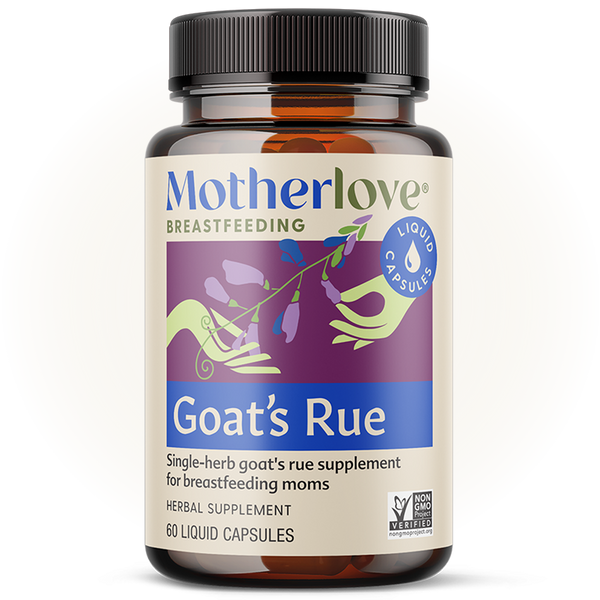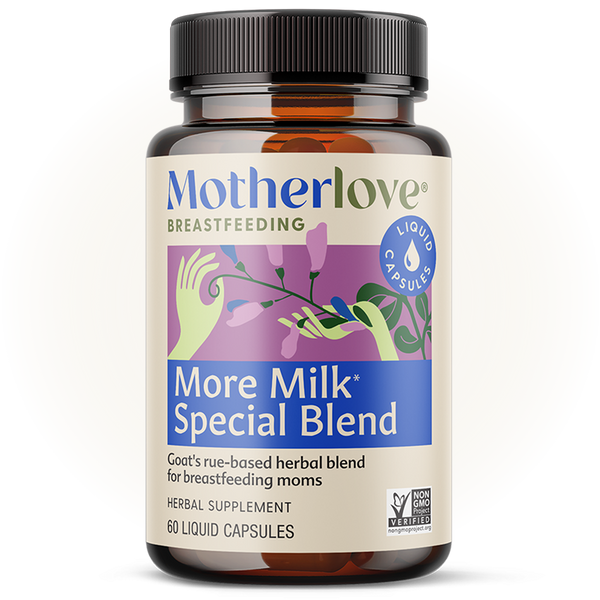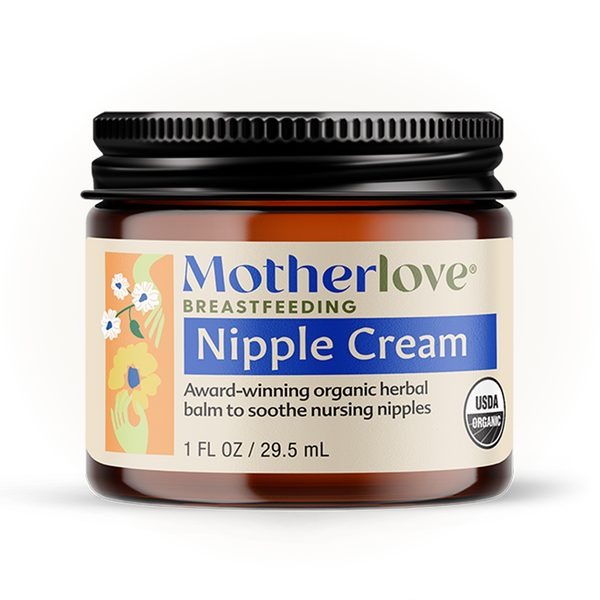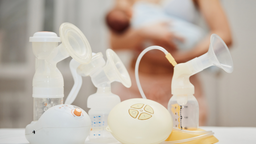Written by: Wendy, IBCLC.
There are few instances where breastfeeding doesn’t work out because of a medical issue. Most of the time, breastfeeding issues are caused by not enough breastfeeding (babies need to nurse every 2-3 hours, or more, at first), poor latching or positioning, or a combination of these. However, sometimes medical issues impact breastfeeding. One of these issues is something called breast hypoplasia, or insufficient mammary tissue (ITG).
WHAT IS BREAST HYPOPLASIA?
Breast hypoplasia is when your breasts don’t have a normal amount of mammary (milk-making tissue). Mammary tissue is first produced during puberty. If you become pregnant, more mammary tissue will be made during your pregnancy. That’s why you often have sore breasts during pregnancy and why your breasts enlarge a cup or so during pregnancy—it’s all in the name of producing mammary tissue for breastfeeding.
When your body doesn’t produce enough mammary tissue—either during adolescence or pregnancy—you may end up with an insufficient amount of milk-making tissue to support breastfeeding.
SIGNS OF BREAST HYPOPLASIA
Breast hypoplasia doesn’t necessarily result in smaller breasts. The size of your breasts has more to do with how much fatty issue is in your breasts, rather than how much mammary tissue you have. However, breast hypoplasia can affect other aspects of your breasts’ appearance.
Breast hypoplasia may look like:
- Droopy, tubular-shaped breasts
- Breasts that are widely spaced (usually 4 cm or more)
- Having one breast that is much larger than the other
- Areolas that are unusually large, in proportion to the breast
- Areolas that may appear bulbous
People with breast hypoplasia may have had previous breast augmentation surgery to correct some of the features above. During pregnancy, the main symptom that you will likely notice is that your breasts don’t change much, and there is little, if any growth.
UNDERLYING CONDITIONS THAT MAY AFFECT MAMMARY TISSUE
Experts aren’t sure what causes breast hypoplasia, but there are a couple of underlying conditions and aspects of a person’s medical history that may increase their risk of developing it.
People with breast hypoplasia may:
- Have endocrine disorders
- Be diagnosed with polycystic ovarian syndrome (PCOS)
- Not have normal breast development during adolescence
- Not have much breast development or soreness during pregnancy
Breast hypoplasia exists on a spectrum. Many people with breast hypoplasia don’t have abnormal hormone levels, and many do have some amount of breast changes during pregnancy.
WILL BREAST HYPOPLASIA AFFECT MY ABILITY TO BREASTFEED?
Here’s the important thing to keep in mind: Just because you have signs of breast hypoplasia or IGT, it doesn’t mean you will have trouble breastfeeding. Although many people with this condition do have challenges, it’s possible to have all the physical signs of breast hypoplasia and still produce a full milk supply for your baby. It’s also possible to produce a partial supply. Some people with hypoplasia have one breast that works perfectly fine, and another that has trouble producing milk.
Usually, you can’t know for sure if you’ll end up having milk supply issues until your baby is born and you attempt to nurse. If you have signs of hypoplasia, you’ll want to breastfeed often, make sure your baby is well latched, and keep a watch on your baby’s intake in those early weeks. But try not to worry, and have hope.
Another thing to keep in mind? Each time you are pregnant, you have more opportunities to produce glandular tissue. Sometimes people with hypoplasia find that they make more milk with each subsequent pregnancy.
WHAT IF I CAN'T MAKE ENOUGH MILK?
There’s a range when it comes to how much milk someone with hypoplasia can produce. Often, breastfeeding is still possible, but with a little bit of assistance.
Here’s what to know:
If you have signs of hypoplasia and are having trouble producing enough milk for your little one, go back to basics: breastfeed on demand, skin-to-skin, as frequently as possible, and ask a breastfeeding professional to check your baby latch.
Make sure to rule out any other issues that can impact milk supply. This may include:
- A tongue tie in your baby
- A hormonal imbalance, such as a thyroid issue
- Retained placenta, which is when a small piece of your placenta is left behind, making it more difficult for your milk to come in
Consider supplementing with donated milk or formula. There are several ways to combine breastfeeding and supplementing in a breastfeeding friendly way, such as:
- Using at-breast supplementer, which is a small tube that is adhered to your breast so that your baby can get their supplement while suckling at the breast
- Implementing “paced bottle feeding,” which is where you use a slow-flow bottle nipple, hold the bottle nipple horizontally so the flow isn’t too fast, and sit your baby upright while feeding, so that they are better able to control the feeding. This method makes bottle feeding more like breastfeeding and decreases the chances your baby will start to prefer the bottle
Consider using a galactagogue, which is any substance that may help increase your milk supply. There are some galactagogues which may specifically help with breast hypoplasia. The book, Making More Milk: The Breastfeeding Guide to Increasing Your Milk Production, has some research based information about herbal remedies that may support milk supply in people with hypoplasia.
Perhaps the most important tip for dealing with breast hypoplasia? Remember that whatever happens, you are an amazing parent. Breastfeeding looks different for each person, and you get to define your breastfeeding experience for yourself.







